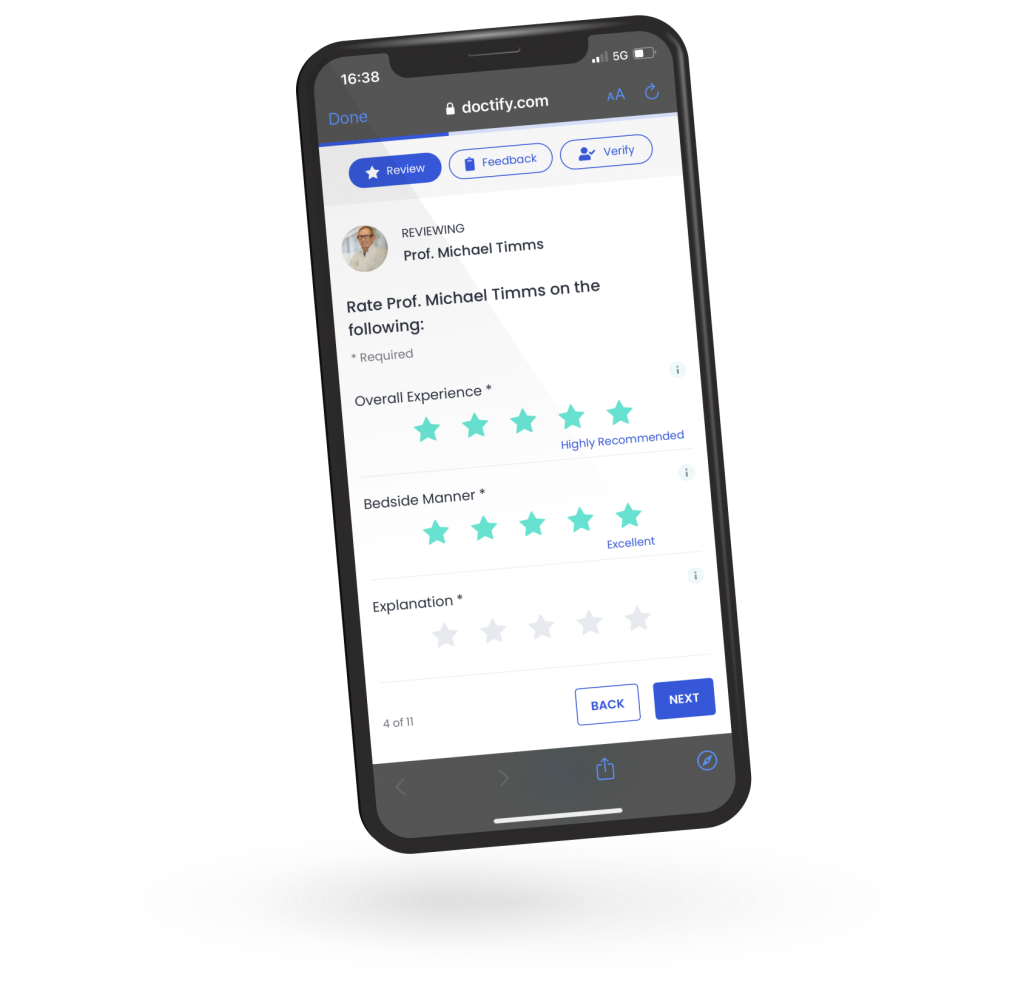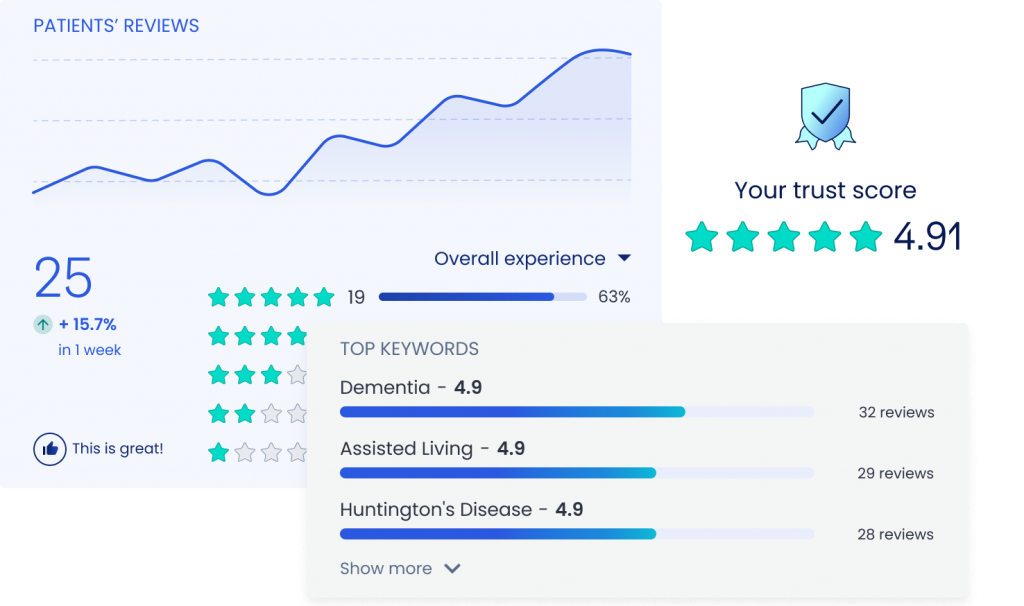With the new continuing professional development (CPD) requirements, many healthcare professionals feel confused and stressed about the upcoming changes they need to face in 2023. And, since the new system has switched from a points-based system to an annual hours-based one, several doctors surveyed by Healthed found it “too demanding” as it will significantly increase their workload.
Keep reading to find out more about how the new CPD requirements affect you and how you can use digital technologies and automation to make these new processes more streamlined and less time-consuming.
Let’s rewind – what are the new requirements?
Whether you are a general practitioner, a surgeon or a psychologist, the criteria are changing for healthcare practitioners in every specialty. Under the new guidelines, you will have to:
- Complete a minimum of 50 hours per year between a mix of the three CPD categories: Educational Activities, Reviewing Performance and Measuring Outcomes.
- Undertake and record a wide range of CPD activities across the core categories:
- A minimum of 12.5 hours (25%) spent on Educational Activities like courses, workshops, webinars, podcasts etc.
- A minimum of 25 hours (50%) recorded across Reviewing Performance (e.g. patient experience surveys, multi-source feedback or peer review group meetings) and Measuring Outcomes (e.g. assessing incident reports, analysing reports on healthcare outcomes or multi-disciplinary team meetings) with a minimum of 5 hours for each category.
- The remaining 12.5 hours (25%) can be distributed across any of the three categories. This means you can invest more time in educational activities to keep your clinical skills and knowledge up-to-date or on reviewing patient feedback to identify areas that could be enhanced.
The power of patient feedback
Under the new CPD rules, you will also be required to prepare and review a personal development plan (PDP) to outline your learning objectives and path for achieving them. This is going to help you identify potential gaps in knowledge and in the care that you provide to ensure that the CPD you undertake is relevant and useful. By reviewing it every year, you’ll be able to track your progress and reflect on your learnings.
The question is, how can you measure the quality of care you provide? The solution is easier than you think: by conducting patient satisfaction surveys and gathering regular patient feedback.
Patient feedback is one of the most valuable mechanisms to help you get insights into your practice performance and patient care quality. The Consumers Health Forum of Australia (CHF) believes that patient feedback should be a “standalone and mandatory aspect” of the CPD Reviewing Performance category because it allows medical practitioners to learn from patients’ experiences and apply that knowledge to better meet their diverse expectations and needs.
The Royal Australian College of General Practitioners (RACGP) agrees that patient feedback can be used to:
- Enhance the quality of medical care you and your practice provide
- Improve patient experiences at every touchpoint, e.g. front-desk service
- Demonstrate that you value your patients’ views and needs
So if you are not actively harnessing real-time patient feedback, now is the time to do so.
How patient feedback can support your CPD
Collecting patient feedback has many benefits, and it can help you with completing several CPD requirements across all categories.
By learning more about your patients’ experiences following their appointments, you’ll gain objective and specific feedback on your professionalism, interpersonal skills, and the care you provide. This gives you an opportunity for evidence-based self-evaluation on your day-to-day performance, enabling you to select the most relevant educational activities to enrich your expertise and adapt your services to better meet patient needs.
Also, in your CPD framework, you can highlight your findings and the various activities you decided to undertake to ensure better patient outcomes. For example, you may want to participate in a webinar on building excellent patient communication skills or a course on exploring non-verbal communication mechanisms.
How to collect high-quality patient feedback
In the past, feedback was often gathered on an ad hoc basis, mostly through paper forms. This led to low engagement and low-quality responses. However, we now live in a digital-first world, so you can utilise new technologies and review platforms to make it easier for your patients to talk about their real-experiences.
At Doctify, we help providers automate their review collection, enabling them to collect significantly greater volumes of reliable, verified, and representative feedback. Here are the top strategies for gathering patient feedback and how we can help you in achieving the best results more efficiently.
Send out automated feedback requests after an appointment
Sometimes, a patient can be in a rush after the appointment and may not have the time to write a review while at your practice. Still, you don’t want to miss out on their valuable feedback, which could help you make your services better. That’s why it’s important to have automated feedback requests in place to ensure you hear from all of your patients.
At Doctify, we work closely with many practice management software providers to automate your patient feedback collection. This can be done by sending emails or text messages to your patients with a personalised review link or QR code that asks them to rate their experiences. That way you can capture voices from every patient you see and get the wealth of information you need to drive continuous improvements to your delivery of patient-centred care.
Did you know? 82% of people who own a smartphone read every text message they get. Sending a review link to your patients via SMS is not only quick and easy, but it also speeds up the response time compared to email.

Top 4 reasons to automate your feedback collection:
- To get greater volumes of meaningful, up-to-date and real-time patient feedback
- It’s consistent and time-efficient. Say goodbye to burdensome administrative processes!
- You will get a full understanding of every patient experience, whether positive or negative
- It will help you recognise your strengths and weaknesses, enabling you make the right changes to your care
Would you like to learn more about automating your patient feedback collection?
Have an on-site feedback collection service
Having a review collection tablet located within your clinic is a great way for making it easier for patients to submit their feedback. They can share their thoughts and feelings about their visit while they are still at your practice taking care of the last bits of paperwork after their appointments.
To make it even more convenient, you can download the Doctify App. Providers using Doctify-powered tablets typically place them in the reception area so that once patients are done dealing with the admin or payment, they can easily leave a review and rate their satisfaction with your care. With the Doctify App, you can also create a survey to ask patients a series of personalised questions so that you can get the insights most important to you and your practice.

Getting patient feedback couldn’t be easier!
The Doctify App, which can be displayed on any device within your facility, features three different ways to collect patient feedback:
- Use your phone – the patient can access your review link from their own mobile device by scanning the QR code shown on the screen.
- Use this device – the patient can submit their feedback on the spot using the tablet or phone available at your practice
- Review us later – the patient can enter their phone number to receive a review link via a text message.
Why choose Doctify
Our easy to set up and efficient review collection process enables providers like you to achieve a steady flow of patient feedback. With the new CPD requirements, gaining a better understanding of your patients’ experiences, needs and expectations is key to effectively plan your educational activities, objectively review your performance and drive the right quality enhancements within your practice.
On many review platforms, anyone can submit a review. This can leave your clinic open to fake and fraudulent feedback. With Doctify, every patient review is verified to protect our platform and your practice from dishonest reviews.

Our Doctify Analytics Dashboard helps you track and measure your performance by transforming the patient feedback into meaningful and actionable insights. You can also use these analytics to determine what you need to learn as a professional to improve patient care and health outcomes.
Top tip: Download the feedback you collected through Doctify in a .csv format or as a PDF to log it as one of your CPD activities.
If you would like to find out more on how we can help you with collecting and analysing patient feedback to support your CPD, get in touch with our team or book a demo.




